If you’ve been paying attention to professional cycling over the last few seasons, you’ve probably heard talk of ketone esters. Can this substance improve performance? And if so, how?
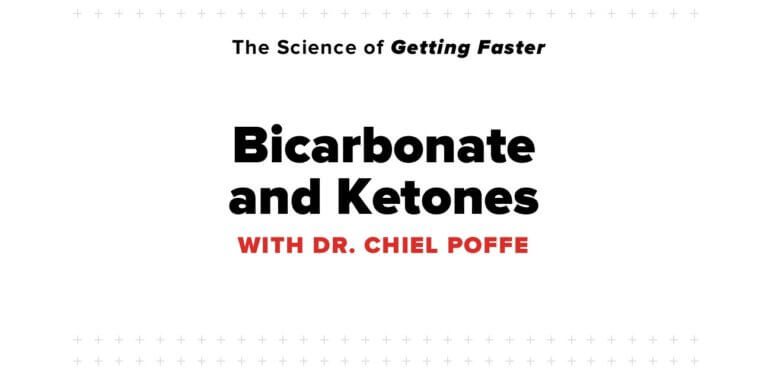

If you’ve been paying attention to professional cycling over the last few seasons, you’ve probably heard talk of ketone esters. Can this substance improve performance? And if so, how?
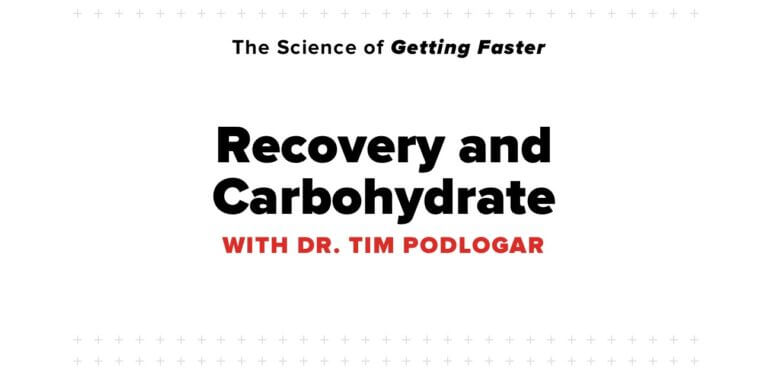
We know that the quantity of carbohydrates ingested after exercise impacts the replenishment of glycogen stores, but what about the type of carbohydrates ingested? Does ingesting glucose and fructose, as opposed to just glucose, impact subsequent endurance performance?
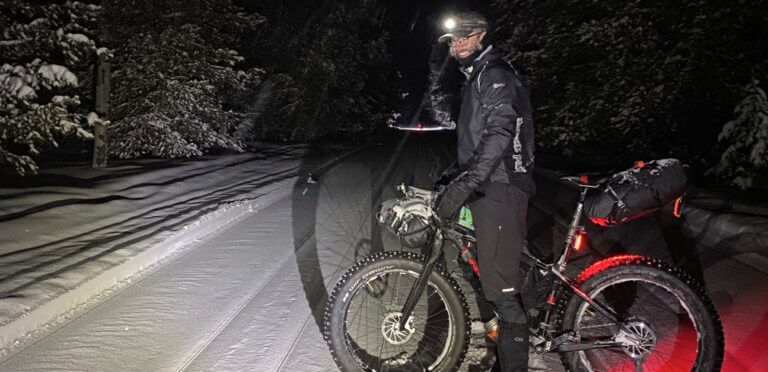
After more than 30 years racing bikes, professional strength coach Art O’Connor continues to push himself with new challenges. Learn how he used smart training to conquer a 21- hour race in extreme cold conditions.
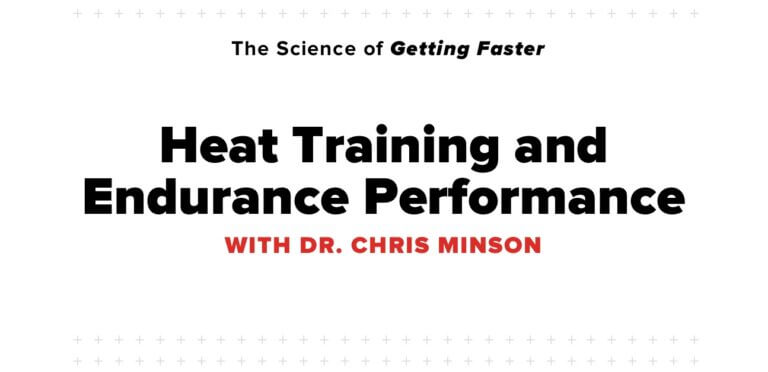
Heat adversely affects the body’s ability to do work, but strategic utilization of heat in a training regimen can facilitate performance increases. Dr. Chris Minson, one of the leading experts and researchers on this topic, explains how heat training can improve your performance and offers tips on how to prepare for events in hot conditions.
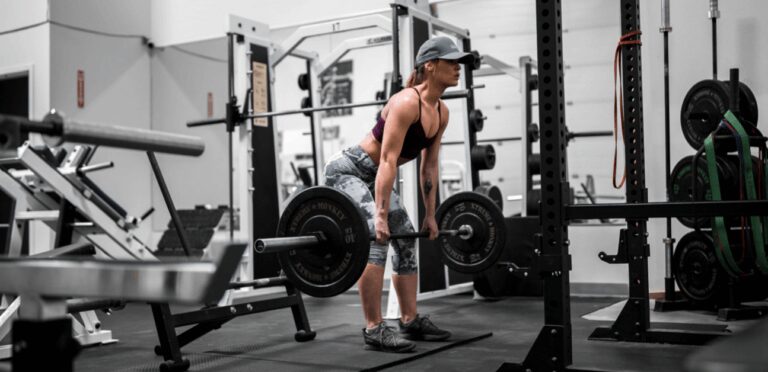
You can use the structure of your periodized cycling training plan to guide the progression of your strength training. This approach can help you reach strength specific goals without interfering with your cycling workouts.

Power is the only truly objective way of assessing performance in cycling, but power meters and smart trainers are a luxury for many athletes. Find out how you can get the benefits of structured training without a power meter, and why this type of training can even benefit riders with access to expensive equipment.
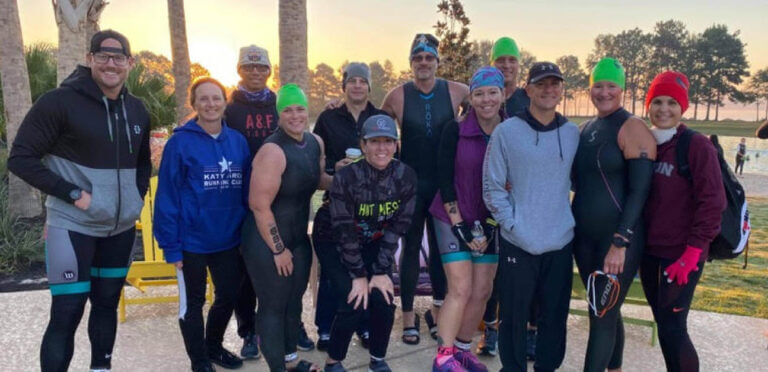
Casper Green raised his FTP 70 watts with TrainerRoad to train for local group rides in Houston, Texas, all while being a busy father and working a demanding job in home automation. By making small changes along the way and staying consistent with a low-volume training plan Curtis lost 35 pounds and reached 4.0 W/kg.
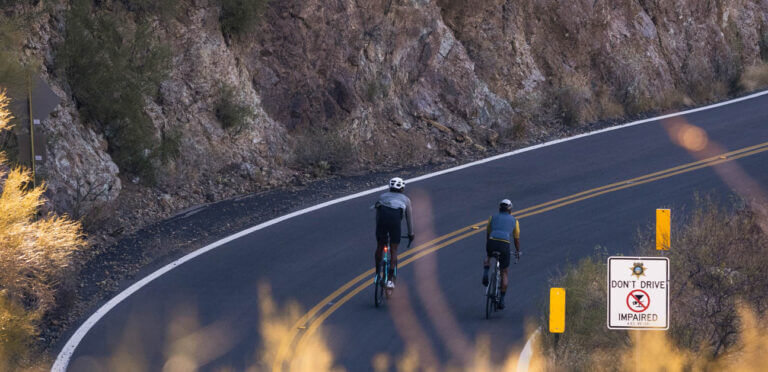
Fitness is never stagnant, and if you reduce training stress, you experience detraining. Find out what it is, why it happens, and the rate at which it occurs.
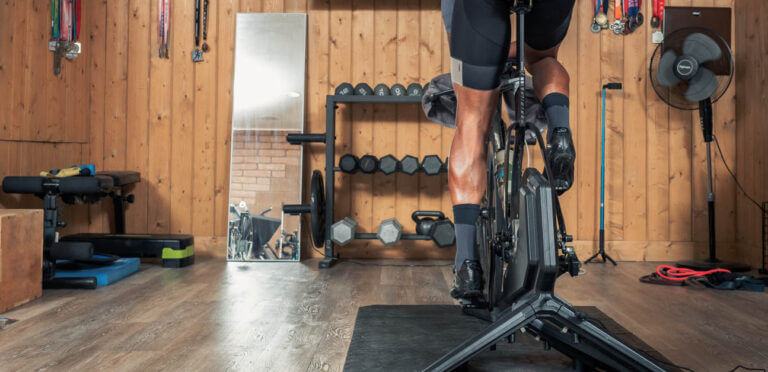
Indoor training is not only effective, but it’s incredibly time-efficient. If you’re not following a training plan, don’t worry. Whether you’re just starting, between seasons, or looking to supplement your outside rides, here are five of the best indoor cycling workouts that will make the most of your time and help you get faster.
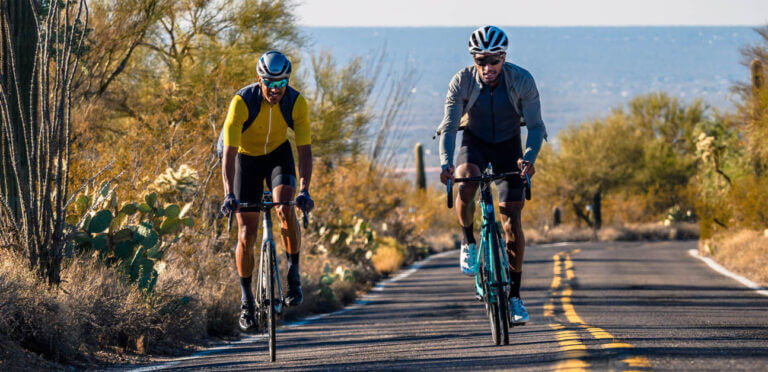
Increase your power and raise your FTP with a Build Training Phase. Totaling eight weeks, the Build Phase’s are structured to raise your FTP, improve your repeatability, and increase your work capacity. Build is also the first opportunity in a training progression to focus on the specific skills, and power capabilities demanded in your field of racing or riding.